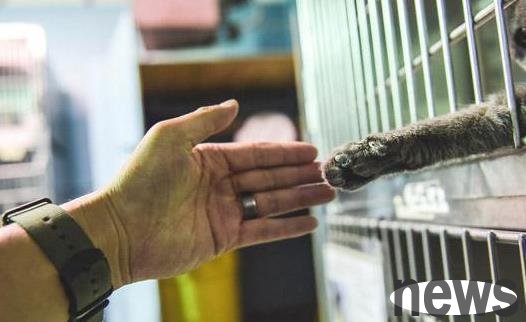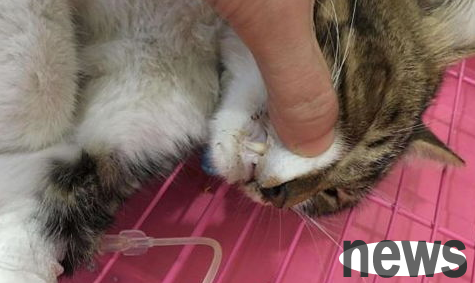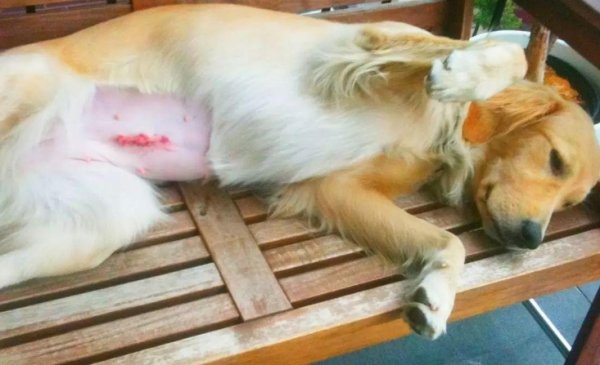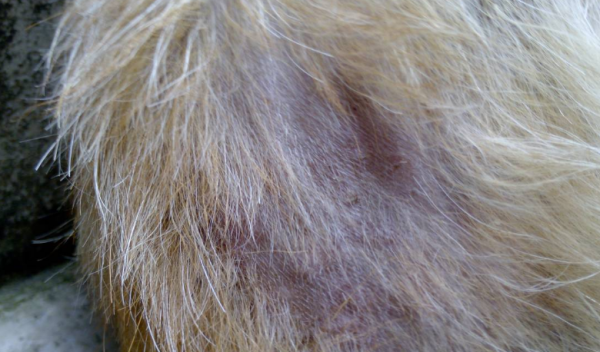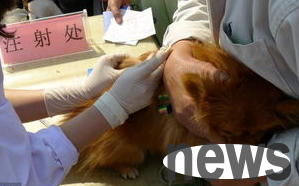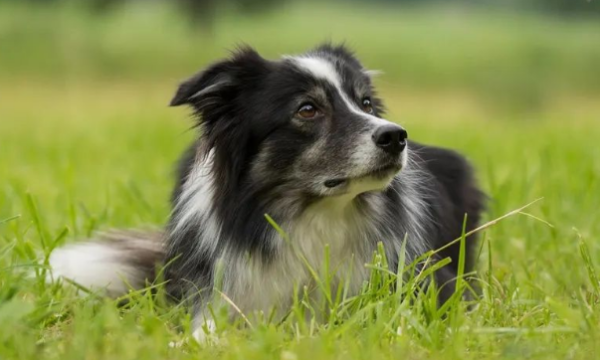What is the reason why the dog suddenly becomes lame with his hind legs? You ll know after reading it
What is the reason why the dog suddenly becomes lame with its hind legs? It may be that the dog has been damaged, or it may be caused by diseases such as osteoarthritis, muscle strains, or viral infections. It is recommended to take it to the veterinarian as soon as possible so that the cause of the disease can be detected early and effective treatment measures are taken.
1. Long-term calcium deficiency
If the dog usually has a simple diet, just eat dog food, and does not supplement other nutrients, it is easy to cause calcium deficiency of the dog, resulting in poor leg bone development. At this time, it is recommended that the owner adjust the dog's diet structure in time and feed the dog some foods with sufficient calcium content, such as shrimp, bone soup, etc., and appropriate calcium tablets and vitamin D for the dog, and take the dog to the sun more, which will help promote calcium absorption.
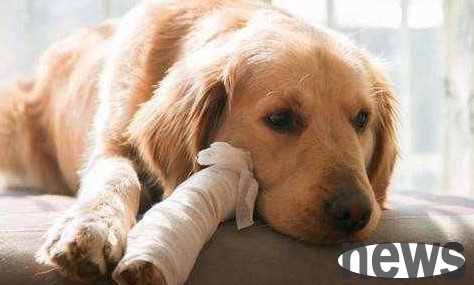
2. Injury of the hind leg
If the hind leg of the dog is affected by external forces, such as falling, scratches, impact, etc., the dog will not be able to walk normally due to strong pain, resulting in the sudden lameness of the hind leg. At this time, the owner needs to immediately check whether there are wounds and fractures on the dog's hind legs. If it is just an trauma, it is necessary to debride in time and bandage the wound. If it is a leg fracture, you need to go to the pet hospital to take an image to determine the location and degree of injury, and adopt internal or external fixation according to the situation.
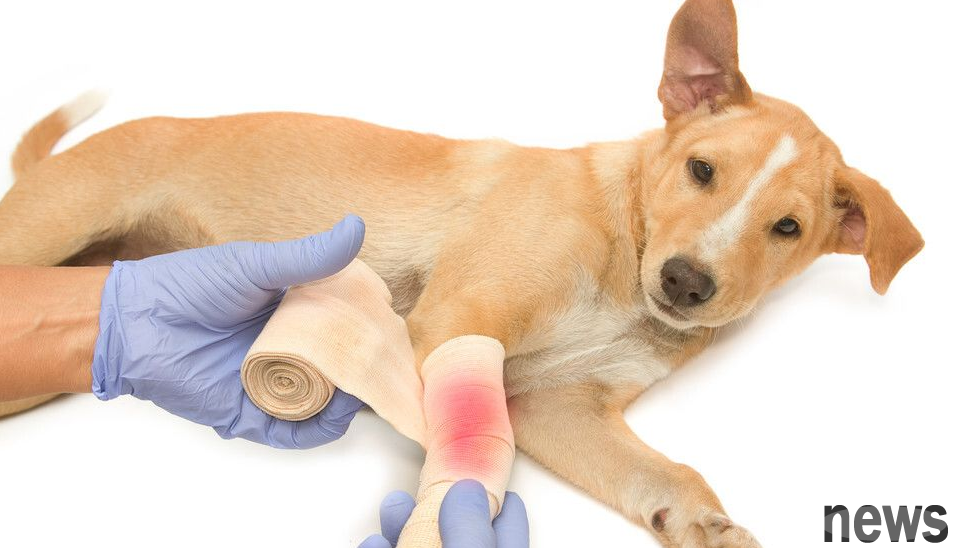
3. Arthritis and hip dysplasia
If the dog exercises a lot, it is easy to cause joint wear. Over time, it is easy to cause arthritis and hip dysplasia, causing the dog to have leg lame. At the same time, due to the strong pain, the dog may also make sounds of sobs or crying and is unwilling to move. If this is the case, the owner should take the dog to the pet hospital for examination and treatment in time, and appropriately reduce the amount of exercise of the dog to avoid the dog's activities of going up and downstairs.



